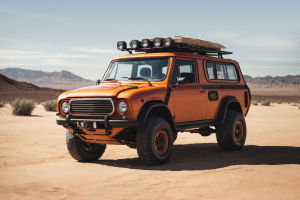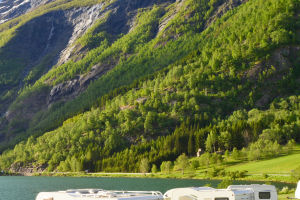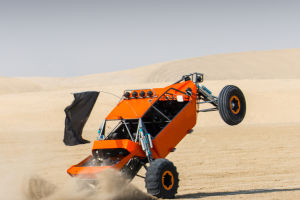As people's living standards continue to improve, cars are no longer just a means of transportation. More and more people are choosing to travel by car during holidays, and the deep-seated desire for self-drive travel has led to the rise of caravans.
With the increasing demand for caravans, the RV industry is experiencing an unprecedented period of rapid growth. However, with the wide variety of caravans available in the market, it can be challenging to understand the differences between them.
Self-propelled RVs are named as such because they have a power structure and can be driven independently. In contrast, towed RVs need to be towed by a tractor. Self-propelled RVs are mainly divided into three types, namely A, B, and C, based on their size and structure.
These three types of RVs are mainly used on paved roads. To make caravans more capable of off-road travel, some manufacturers use off-road trucks and 4WD pickup truck chassis to create off-road caravans.
Compared to towed RVs, self-propelled RVs are relatively less dependent on campgrounds, thanks to the chassis that comes with fuel and electrical systems, making them more easily accepted by users.
The water supply and wastewater systems of the caravan are co-existing and can be regarded as the same system. RVs come with a water purification tank, a greywater tank, and a blackwater tank. The water purification tank stores drinking and filtered water, while the greywater tank stores ordinary wastewater, such as bathwater or vegetable washing water.
This wastewater is usually discharged outside the tank through a connected pipe. The blackwater tank stores the wastewater discharged from the toilet.
There are three types of power systems on RVs: external utility power, generators, and solar power. The power source can also be divided into traveling car power generation, solar power generation, external utility, portable generators, and wind turbines.
The vehicle charges the backup battery while driving, so there is no need to worry too much about the lack of power during normal travel. However, it is important to keep an eye on the power level of the backup battery on the control panel and turn off electrical appliances when the power level is low.
In such situations, looking for an external power supply to recharge the battery is necessary.
A-type RVs are the largest of all self-propelled RVs and have luxurious interior facilities. They are like yachts driving on land, with many having more luxurious interiors than the average person can imagine.
B-type motorhomes retain their original body structure and are designed to be caravanned internally. Their most significant feature is their unique design, which maximizes the internal living space.
C-type caravans only retain the cab part of the original chassis, with all the living cabin boxes being redesigned and manufactured with a larger size and more internal space.
They have a prominent forehead above the cab, which can accommodate more occupants or provide more internal space for the same number of occupants.
The most significant difference between C-type caravans and B-type caravans is the additional space provided in the living cabin boxes.
Understanding the differences between different types of caravans is crucial in selecting one that meets your needs. Factors such as the size, structure, and power system of the RV must be taken into account.
The water supply system and wastewater system of the caravan must also be considered to ensure that you have sufficient supply during your travels. Finally, the type of RV you choose will ultimately depend on your preferences and budget.


